Learning Center
HOW TO DRY A MATTRESS
So you’ve found yourself in the unfortunately having a soaked or a wet mattress. It might be caused by a spilled drink, your fluffy family’s “mark”, or your toddler has a “pee-pee emergency.” Anyway, you have to face the daunting task of drying your mattress. But don’t be afraid, we’ll all be covered in this blog, you can easily follow our detailed guide and ready for a restful sleep.
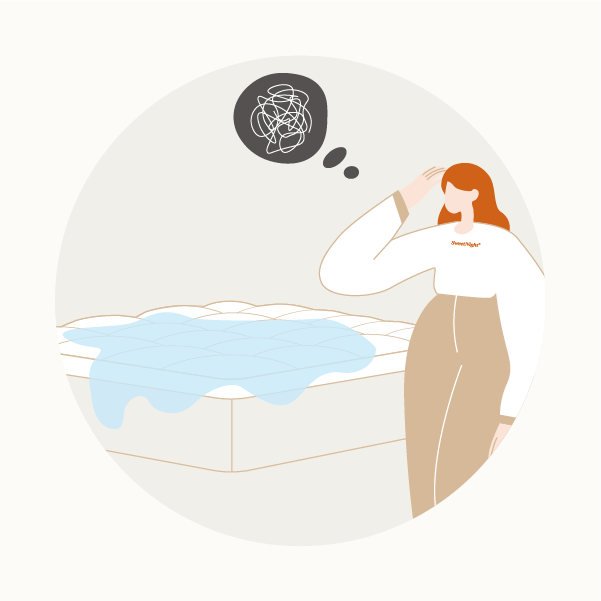
CONTENTS
- Evaluation
- Step-by-Step Guide to Dry a Mattress
- Tips of Drying a Mattress
- How to Prevent a Mattress from Getting Wet
EVALUATION
For a starter, select the corresponding option and see our guide!
MATERIAL
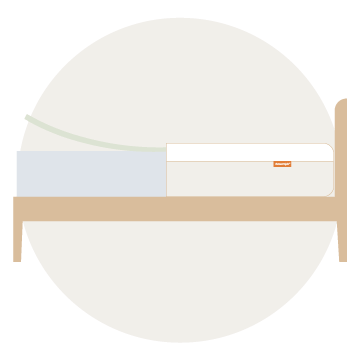
Memory Foam
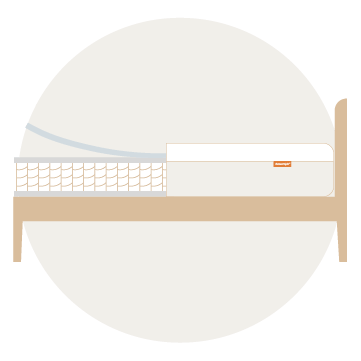
Hybrid
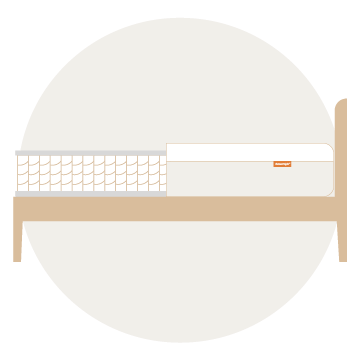
Innerspring
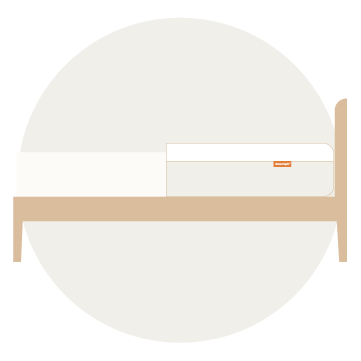
Latex
DEGREE OF WETNESS
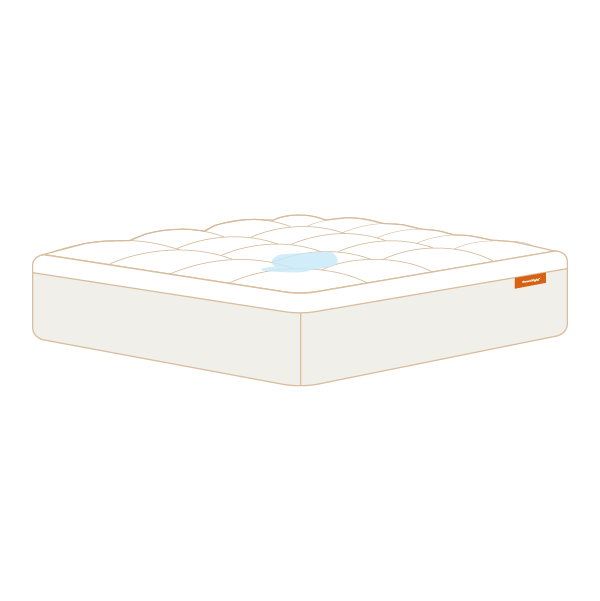
Mild
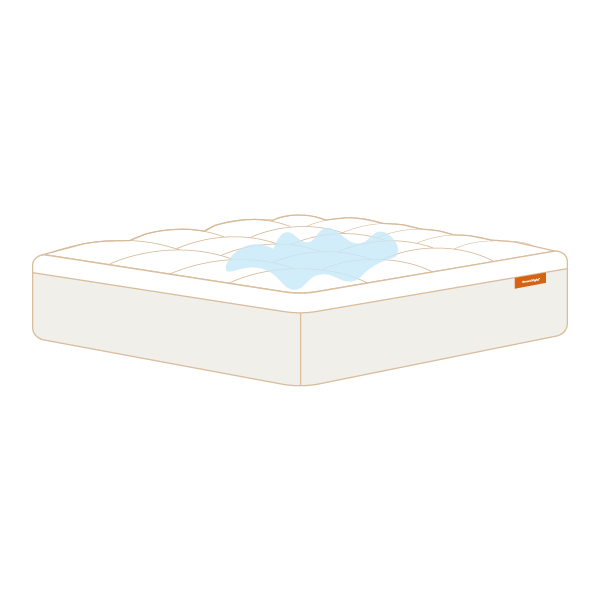
Moderate

Severe
The dampness level of a mattress can be classified as mild, moderate, or severe, and the subsequent treatment should be determined based on the level of dampness. It is essential to take appropriate measures to prevent mold and mildew growth, which can lead to health issues.
CAUSES OF WET MATTRESS
We all realize the significance of a restful night’s sleep for our general well-being. But what if your mattress is wet? It can be rather unpleasant as well as uncomfortable. Before drying the mattress, we should check out the reasons for a moist mattress. Let’s explore the typical causes of a damp mattress.
SPILLS AND ACCIDENTS
Spills or accidents are among the most obvious causes of a wet mattress. A spilled glass of water or liquids that soak into your mattress resulting in a soggy surface. Not exactly a pleasant feeling.
CONDENSATION
The moisture in the air may condense and create droplets on the surface when warm, humid air meets a chilly surface, like a mattress. This may cause a buildup of moisture over time, resulting in a wet mattress.
LEAKY PIPES OR ROOF

It’s probable that a leaky pipe or roof is to blame if you notice that a certain spot on your mattress is always damp. Your mattress could become wet due to water leaking through walls or ceilings. If you have suspected this in case, it is important to address the plumping or roofing issue as soon as possible to prevent further damage.
FOOD
The beverage or gravy is a pain in the neck, this liquid not only leaves hard-to-remove stains but also lingers with gross smell. Eating in bed sounds great, but how do you know that an accident that spills a dinner plate won't happen to you?
BODY FLUID
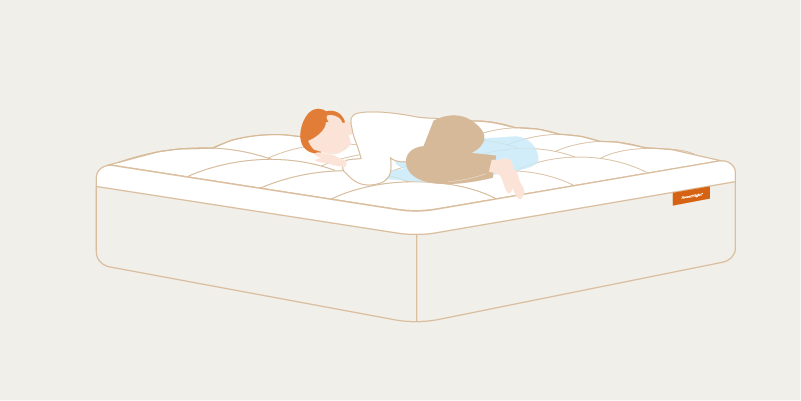
Yes, night sweats and bedwetting are the major culprits in causing a damp mattress. Many people perspire excessively as they sleep, which can cause the sheets and mattress to get wet. Numerous things, such as hormonal shifts, particular drugs, or underlying medical issues, might lead to night sweats.
A wet mattress could be a typical occurrence for kids or adults who battle with bedwetting. Numerous things, such as problems with bladder control or underlying medical illness, might contribute to bedwetting. It’s crucial to seek medical counsel if bedwetting is a persistent case for you or your child in order to identify the root reason and formulate workable solutions.
PET ACCIDENT
If your sleep partner is your furry partner, they sweat and drool when they sleep, which may result in a wet mattress. To avoid any accidents, train your pets to sleep in their own bed or buy a waterproof pet bed.
FLOOD
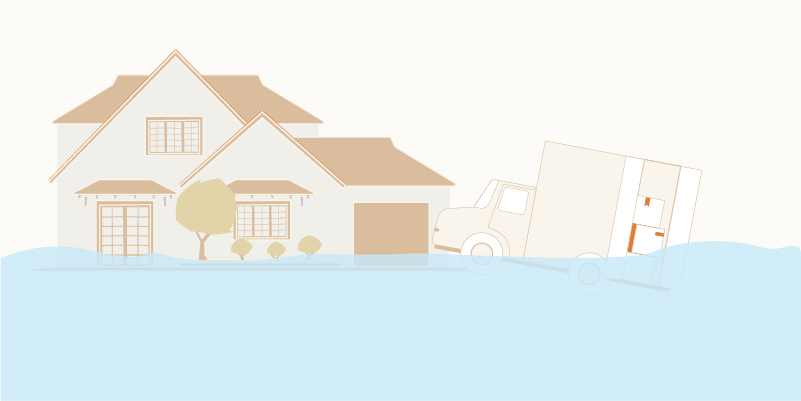
You may think this is ridiculous, it is an unusual reason but it can result in uncalculated loss. Extreme weather can be extremely damaging, and a sudden flood or rainstorm can certainly ruin your mattress.
In this case, we highly recommend to purchase another mattress. Flood-damaged or severely wet mattresses may pose health risks due to potential exposure to bacteria, mold, and other harmful substances.
STEP-BY-STEP GUIDE TO DRY A WET MATTRESS
Now you have an overall understanding of
1. STRIP THE MATTRESS
First and foremost, take off all the bedding and throw them in the washing machine. Including your sheets, blankets, comforters, and
2. BLOT OUT THE EXCESSIVE MOISTURE
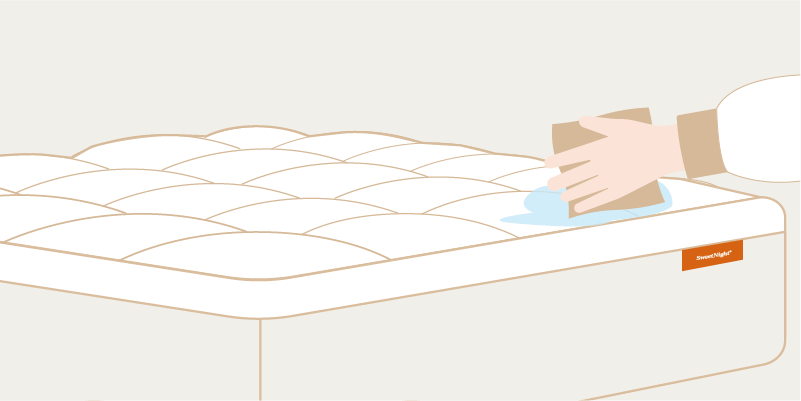
Removing excessive moisture from your mattress surface with a dry towel, rags, or even a wet-dry vacuum to soak up as much water as possible. Use a dry towel and apply firm pressure to absorb the moisture. Avoid rubbing as this may force the water to go deeper into the mattress. Besides, always remember to replace damp towels with dry ones as necessary and to keep going until you have removed as much water as you can.
3. CLEAN THE STAINS
After blotting up the excessive liquid, there are still some annoying stains on the mattress surface. How to fix that? Well, we have a complete guide in this article “How to Clean a Mattress,” we categorized the mattress for a few types and offer simple but effective cleaning ways, hope that helps you!
4. BAKING SODA
Sprinkle a layer of baking soda all over the mattress to remove any extra moisture. It works like magic! Simply let them sit for a few hours before vacuuming them up. Then use a wet/dry shop vacuum made to extract liquids to deal with any remaining moisture. No problem if you don't have one! You can rent it from most home improvement stores
5. AIR OUT
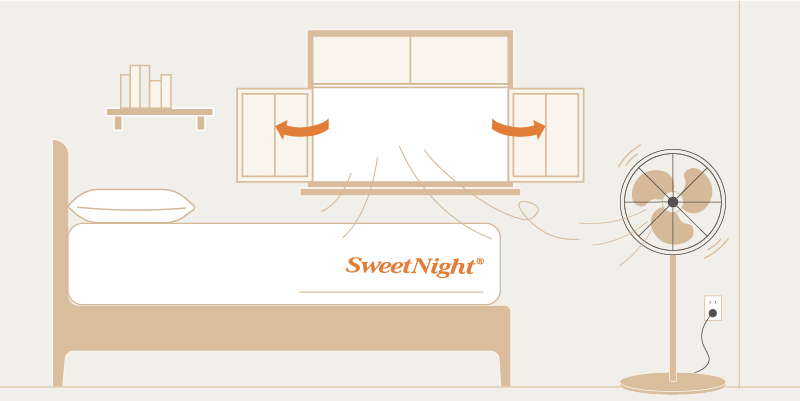
It is advisable to set up a fan or a dehumidifier in the room to promote air circulation and hasten the drying process in order to successfully dry a wet mattress. It is also a good idea to switch on your ceiling fan if you have one so that there is as much ventilation as you can get. It’s worth noting that the drying process costs many hours or even days, depending on how much moisture is in the mattress. It is essential to be patient throughout this period and avoid using it until it is fully dry.
TIPS OF DRYING A WET MATTRESS
It can be difficult to dry a wet mattress, but doing so is essential to avoid mold and mildew growth, which can have serious negative health effects. To prevent harm to your mattress throughout the drying process, there are a few things you should stay away from.
1. AVOID USING EXCESSIVE HEAT SOURCES
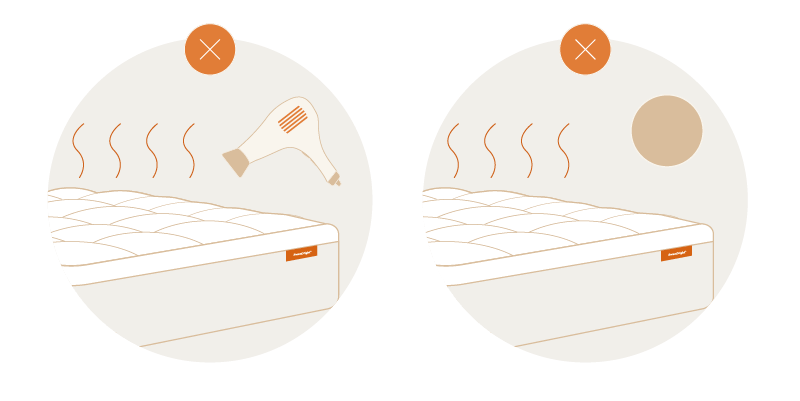
Your mattress’ fabric and foam may become irreparably harmed if you use high heat to dry it. A lumpy and unpleasant mattress might arise from the foam breaking down at high temperatures. High heat can also cause the fabric to shrink, making it difficult to fit back onto the bed.
In addition, if your mattress is made of latex, any heat resources should be avoided, including a hair dryer and even placing it under the sun. Heat can make latex mattresses harden and yellowish, which not only makes the mattress look more messy but also affects your overall comfort.
2. AVOID USING HARSH CHEMICALS OR CLEANING AGENTS
Harsh chemicals such as bleach or ammonia, these substances may cause the fabric’s fibers to weaken and discolor as a result of fiber breakdown. Instead, choose natural cleaning products to get rid of any stains and odors, including your vinegar, or baking soda.
3. AVOID USING IT BEFORE IT COMPLETELY DRY
A wet mattress is the best place for mold and mildew growth. The perfect environment for these breathing hazards can be created when moisture becomes trapped between the layers of the mattress. In addition to producing unpleasant odors, it can attract dust mites and risk your health, especially if you have allergies or respiratory problems.
HOW TO PREVENT A MATTRESS FROM GETTING WET
Dealing with a wet mattress can be a hassle, fortunately, there are some ways that you can prevent your mattress from getting wet.
WATERPROOF MATTRESS PROTECTOR
Investing in a waterproof mattress protector is among the simplest ways to keep your mattress from getting wet on the top surface. The protectors are made to act as a barrier between your mattress and any potential spills and accidents. They assist in extending the life of your mattress by avoiding stains and odors in addition to keeping it dry.
DON’T PLACE YOUR MATTRESS ON THE FLOOR DIRECTLY

Placing your mattress on the floor may increase its susceptibility to filth and dust, both of which can be challenging to remove. Direct contact between a mattress and the floor can trap moisture, which promotes the growth of mold and mildew. Moisture buildup can be prevented by evaluating your bed for better airflow.
KEEP YOUR BEDROOM VENTILATED
It is an easy but practical fix that can spare you a lot of hassle. You can keep your sleeping place dry and cozy by allowing fresh air to circulate. Additionally, it’s a fantastic method to maintain the space clean and fresh-smelling. So make sure the windows are open and allow the air in if you don’t want to wake up to a soggy mattress.






